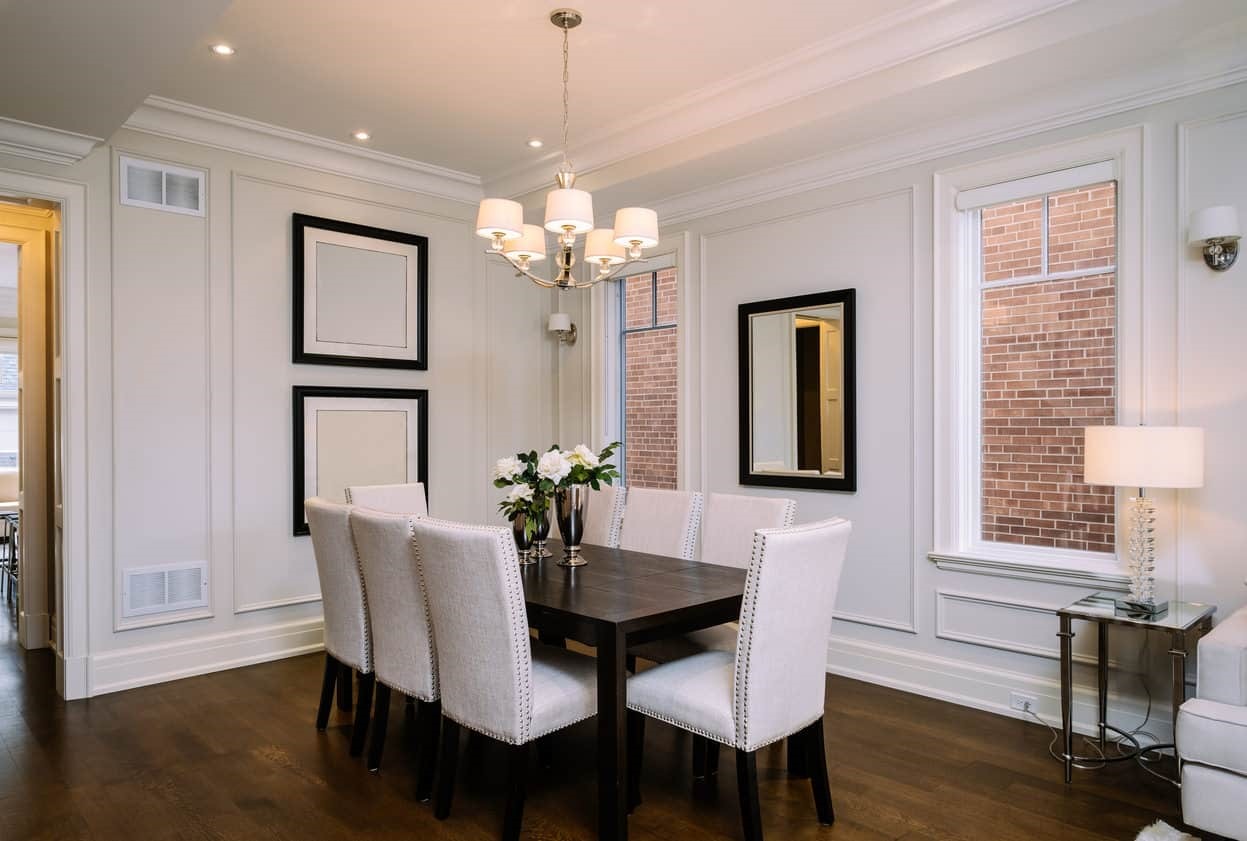

Articles
What Table Size Is Best For Dining Room
Modified: January 14, 2024
Discover the ideal table size for your dining room with our informative articles. Explore different options to find the perfect fit for your space.
(Many of the links in this article redirect to a specific reviewed product. Your purchase of these products through affiliate links helps to generate commission for Storables.com, at no extra cost. Learn more)
Introduction
Choosing the right table size for your dining room can greatly impact the overall functionality and aesthetics of your space. Whether you’re hosting elaborate dinner parties or enjoying casual family meals, having the appropriate table size is essential. However, determining the ideal table size can be a challenging task as it depends on various factors such as the size of your dining room, the number of people you usually accommodate, and your personal style preferences.
In this article, we will explore the factors to consider when choosing a table size, the standard table sizes for different dining room sizes, and provide practical tips to help you select the right table size for your needs.
Key Takeaways:
- Choose a dining table size based on your room dimensions, seating needs, and dining habits to create a functional and visually appealing space for memorable gatherings.
- Consider factors such as room size, seating capacity, and personal style when selecting a dining table size to ensure comfort, functionality, and aesthetic harmony in your dining room.
Read more: What Size Rug To Get For Dining Room?
Factors to Consider When Choosing Table Size
When deciding on the size of your dining table, there are several important factors to keep in mind:
- Room Size: The first and most crucial factor to consider is the size of your dining room. Measure the dimensions of the room to determine how much space you have available for a table. It’s essential to leave enough room for comfortable movement around the table, as well as for chairs and any additional furniture.
- Number of People: Consider the average number of people you expect to seat at your dining table. If you frequently entertain large groups or have a large family, you might need a larger table to accommodate everyone comfortably. On the other hand, if you usually have intimate gatherings, a smaller table will suffice.
- Table Shape: The shape of the table can affect the space utilization and flow in your dining room. Rectangular tables are the most versatile and can often seat more people, while round or square tables are better suited for smaller rooms or to encourage conversation.
- Dining Habits: Consider your dining habits and how you typically use your dining table. If you tend to have elaborate meals with multiple courses, you might need a larger table to accommodate all the dishes. If you primarily use your table for everyday meals, a smaller size would likely be sufficient.
- Style and Design: Don’t forget to take into account the style and design of your dining room and the overall aesthetic you wish to achieve. A table that complements the rest of your décor and fits well within the space will enhance the visual appeal of the room.
By considering these factors, you will be able to make an informed decision and select the perfect table size for your dining room.
Standard Table Sizes for Different Dining Room Sizes
While there are no hard and fast rules when it comes to table sizes, there are some commonly accepted standards that can serve as a starting point for selecting the right table size for your dining room. Here are the standard table sizes for different dining room sizes:
- Small Dining Room: For a small dining room that measures around 10 feet by 10 feet (3 meters by 3 meters), a square table with dimensions of 36 inches by 36 inches (92 cm by 92 cm) or a round table with a diameter of 42 inches (107 cm) would be suitable. These sizes can comfortably seat four people.
- Medium Dining Room: If you have a medium-sized dining room measuring approximately 12 feet by 12 feet (3.7 meters by 3.7 meters), a rectangular table with dimensions of 72 inches by 36 inches (183 cm by 92 cm) or an oval table that is 84 inches long (213 cm) would be ideal. These sizes can accommodate six to eight people.
- Large Dining Room: In a larger dining room measuring around 14 feet by 16 feet (4.3 meters by 4.9 meters) or more, a rectangular table measuring 96 inches by 42 inches (244 cm by 107 cm) or a round table with a diameter of 60 inches (152 cm) is recommended. These larger tables can seat eight to ten people comfortably.
It’s important to note that these are general guidelines, and you may need to adjust the table size based on your specific preferences and room layout. Additionally, consider leaving enough space around the table for chairs, walkways, and other furniture to ensure a comfortable and functional dining area.
Consider the size of your dining room and the number of people you typically host. A general rule is to allow 24 inches of table width per person, and at least 36 inches of space around the table for easy movement.
Tips for Choosing the Right Table Size
Choosing the right table size for your dining room involves careful consideration and evaluation of your specific needs. Here are some helpful tips to guide you in selecting the perfect table size:
- Measure Your Space: Before you start shopping for a dining table, measure the dimensions of your dining room to determine how much space you have available. Ensure you account for any additional furniture or walkways that need to be accommodated.
- Consider Seating: Determine how many people you want to be able to seat comfortably at your table. Consider your typical dining habits and whether you frequently host guests or have a large family that requires additional seating.
- Account for Chairs: Keep in mind the size and dimensions of the chairs that will be paired with the dining table. Make sure there is enough space for the chairs to be pulled out comfortably without feeling cramped.
- Think About Meal Size: Consider the size and complexity of the meals you usually serve. If you often host elaborate dinners with multiple courses or need extra space for serving dishes, opt for a larger table size to accommodate the additional items.
- Experiment with Shapes: Don’t limit yourself to rectangle tables. Round or oval tables can provide a more intimate and inclusive dining experience. They also work well in smaller spaces where a rectangular table may feel overpowering.
- Test the Flow: Visualize how the table will fit into the overall flow of your dining room. Ensure there is enough room for people to move around the table without feeling cramped or obstructed.
- Consider Future Needs: If you expect your dining needs to change in the future, such as hosting larger dinner parties or accommodating a growing family, it may be wise to select a table size that can easily be expanded with extra leaves or extensions.
- Personal Style: Finally, don’t forget to choose a table size that fits your personal style and complements the overall aesthetic of your dining room. Consider the materials, finishes, and designs that resonate with your taste and create a cohesive look.
By keeping these tips in mind, you can confidently select the right table size that meets your functional and design requirements, creating a pleasant and inviting dining space for you and your guests.
Conclusion
Choosing the right table size for your dining room is an important decision that can greatly impact the overall functionality and aesthetic appeal of your space. By considering factors such as room size, the number of people you typically accommodate, table shape, dining habits, and personal style, you can make an informed decision that meets your specific needs.
Remember that there are standard table sizes for different dining room sizes, but these are just guidelines. It’s crucial to measure your space, account for seating and chairs, consider the size of meals you serve, and think about the flow of the room. Experiment with different shapes and sizes to find the perfect fit for your dining room.
By following the tips provided, you can confidently choose the right table size that allows for comfortable seating, easy movement, and enhances the overall aesthetics of your dining room. Whether you have a small, medium, or large dining room, the right table size will create a welcoming and functional space for memorable gatherings and shared meals.
Take your time to explore different options, consider your specific needs, and make a choice that reflects your personal style. With the right table size, your dining room will become a central hub for delicious meals, lively conversations, and cherished memories.
Frequently Asked Questions about What Table Size Is Best For Dining Room
Was this page helpful?
At Storables.com, we guarantee accurate and reliable information. Our content, validated by Expert Board Contributors, is crafted following stringent Editorial Policies. We're committed to providing you with well-researched, expert-backed insights for all your informational needs.
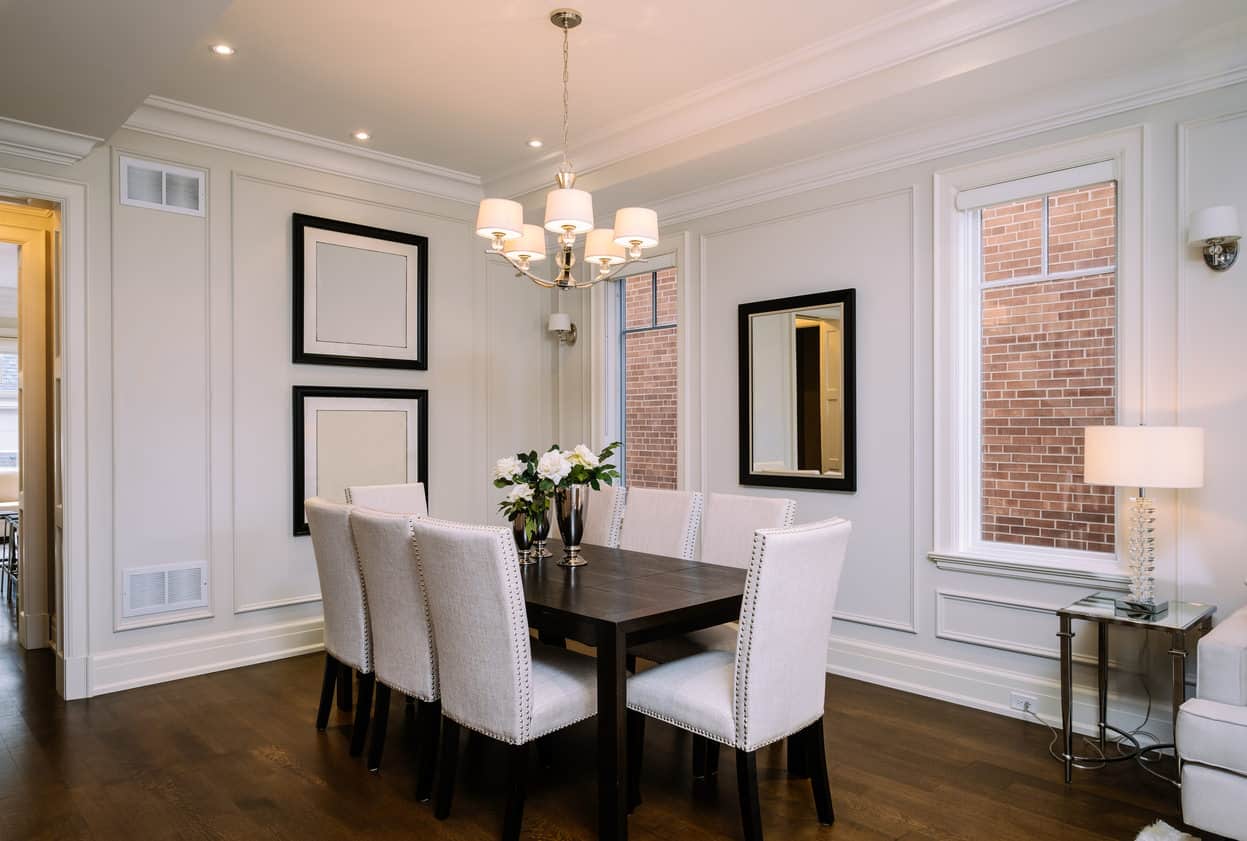
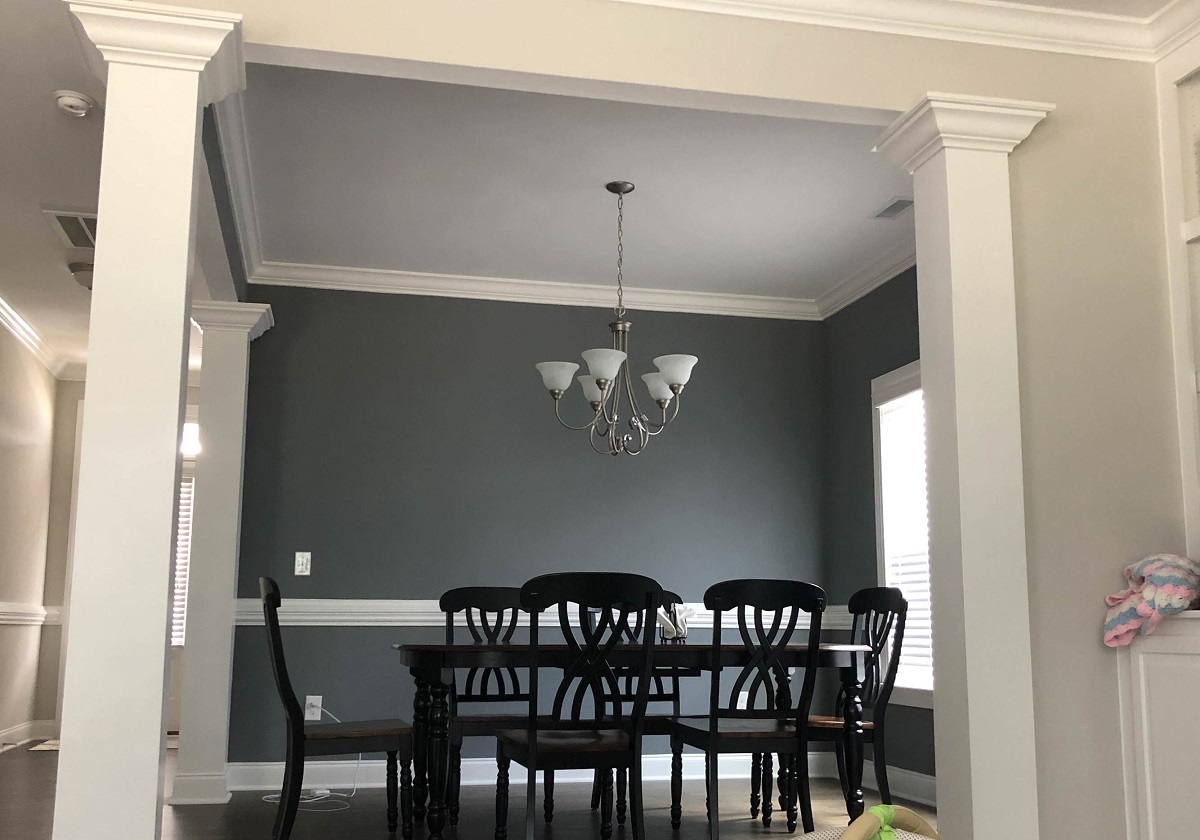

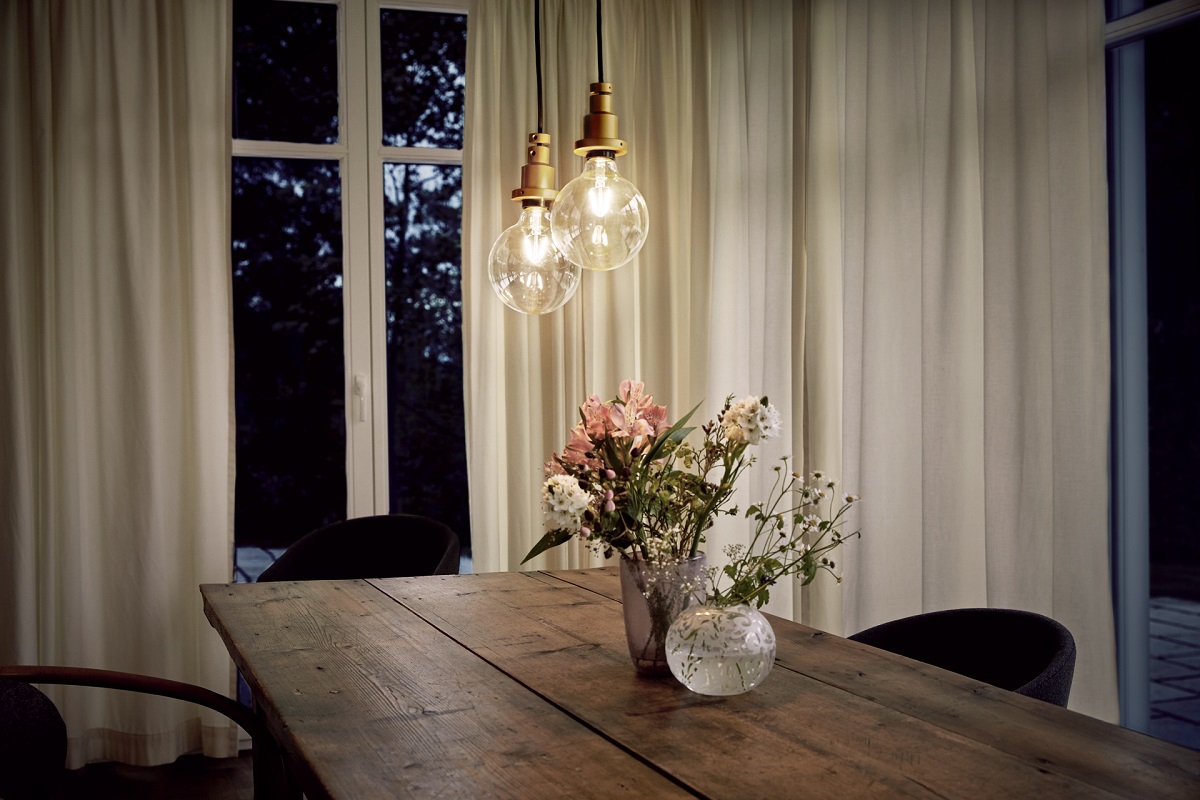
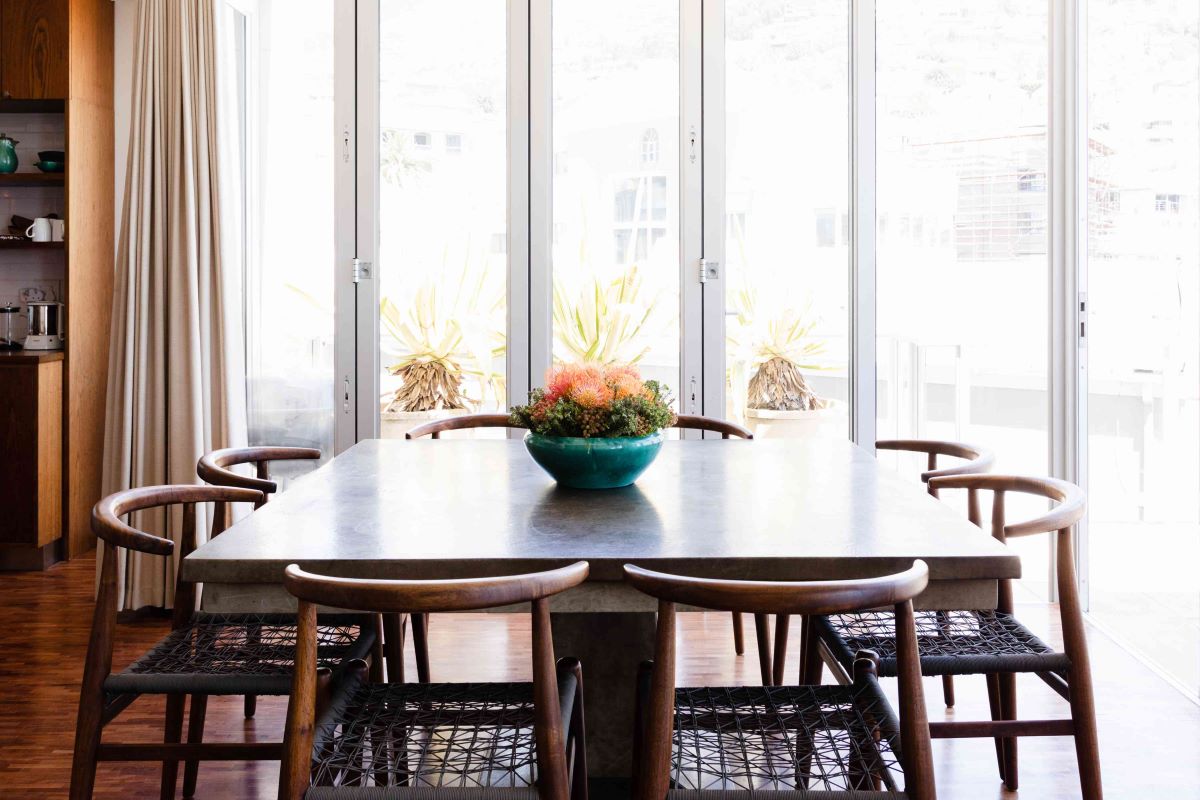
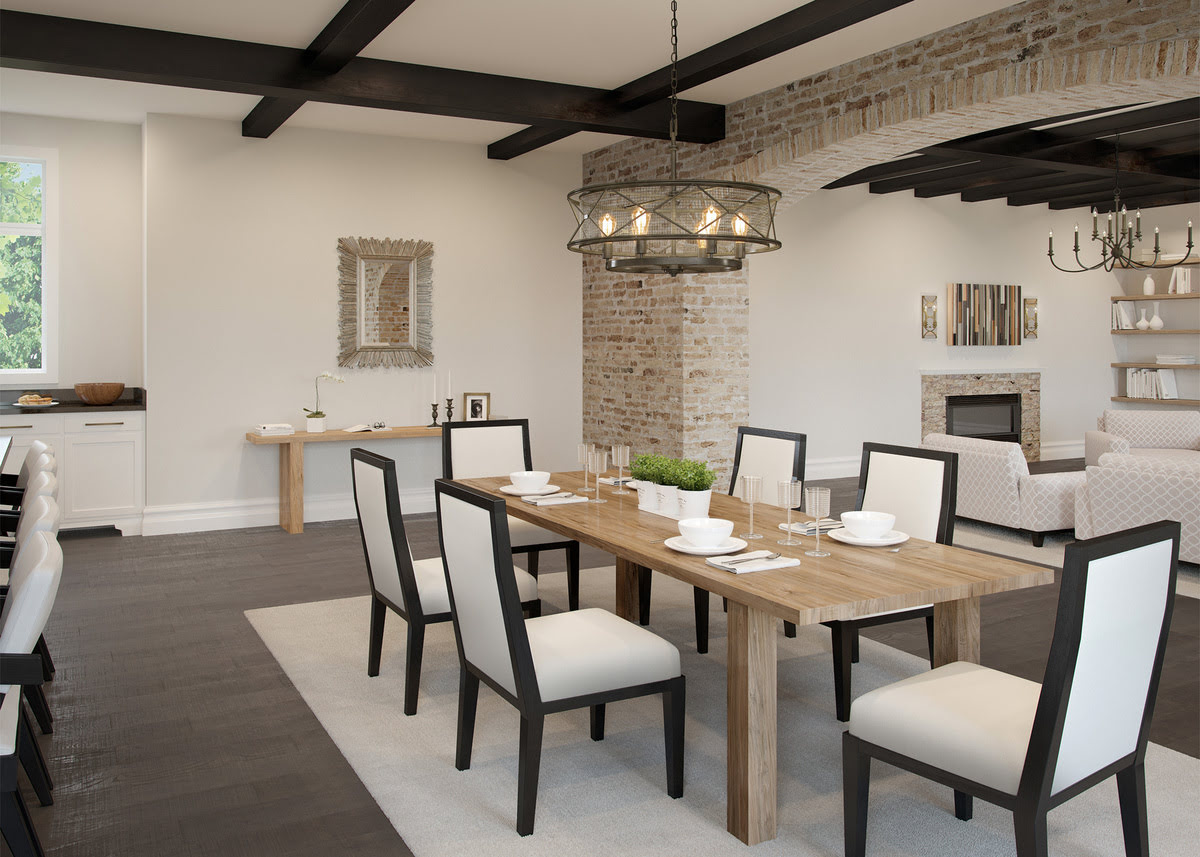
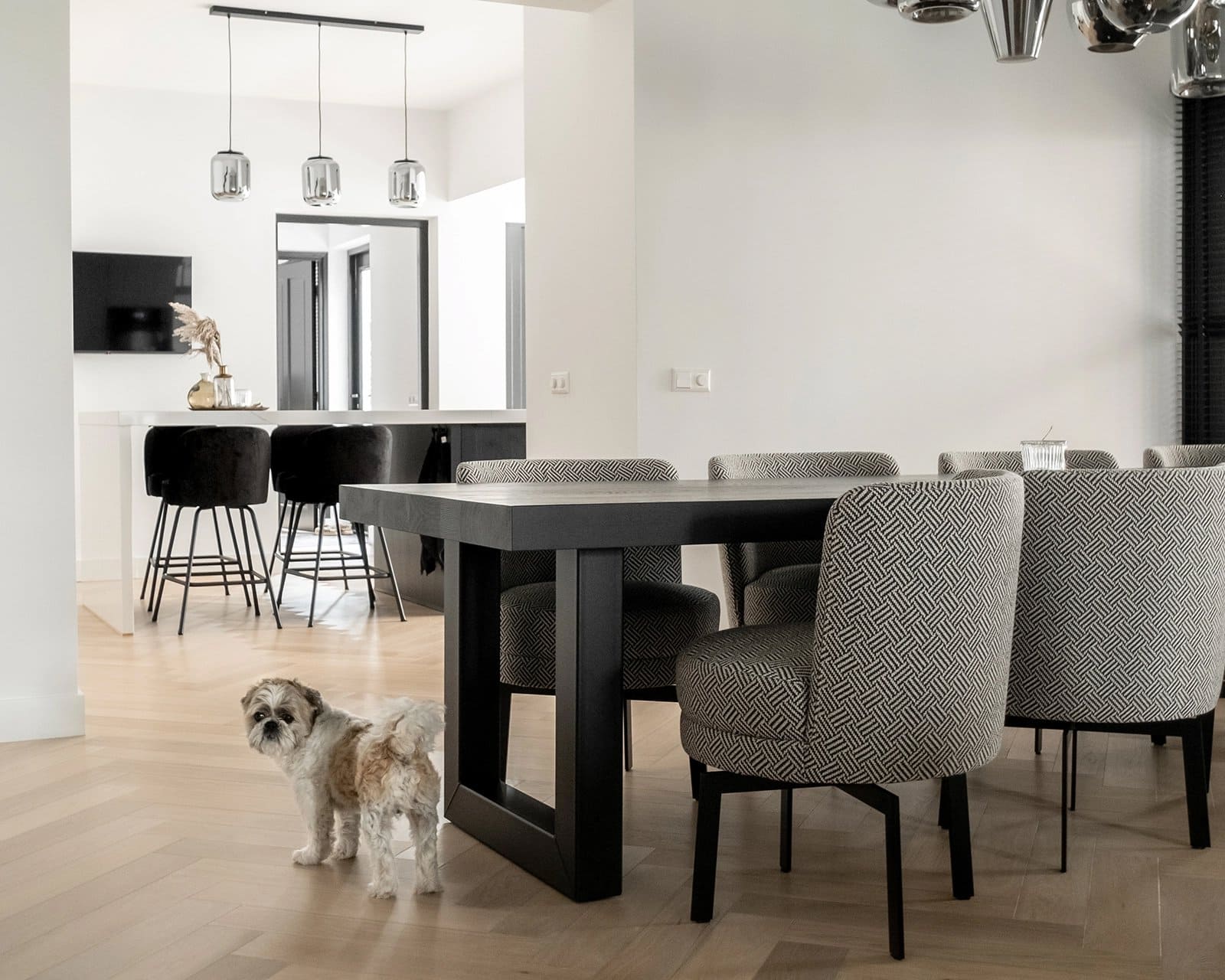
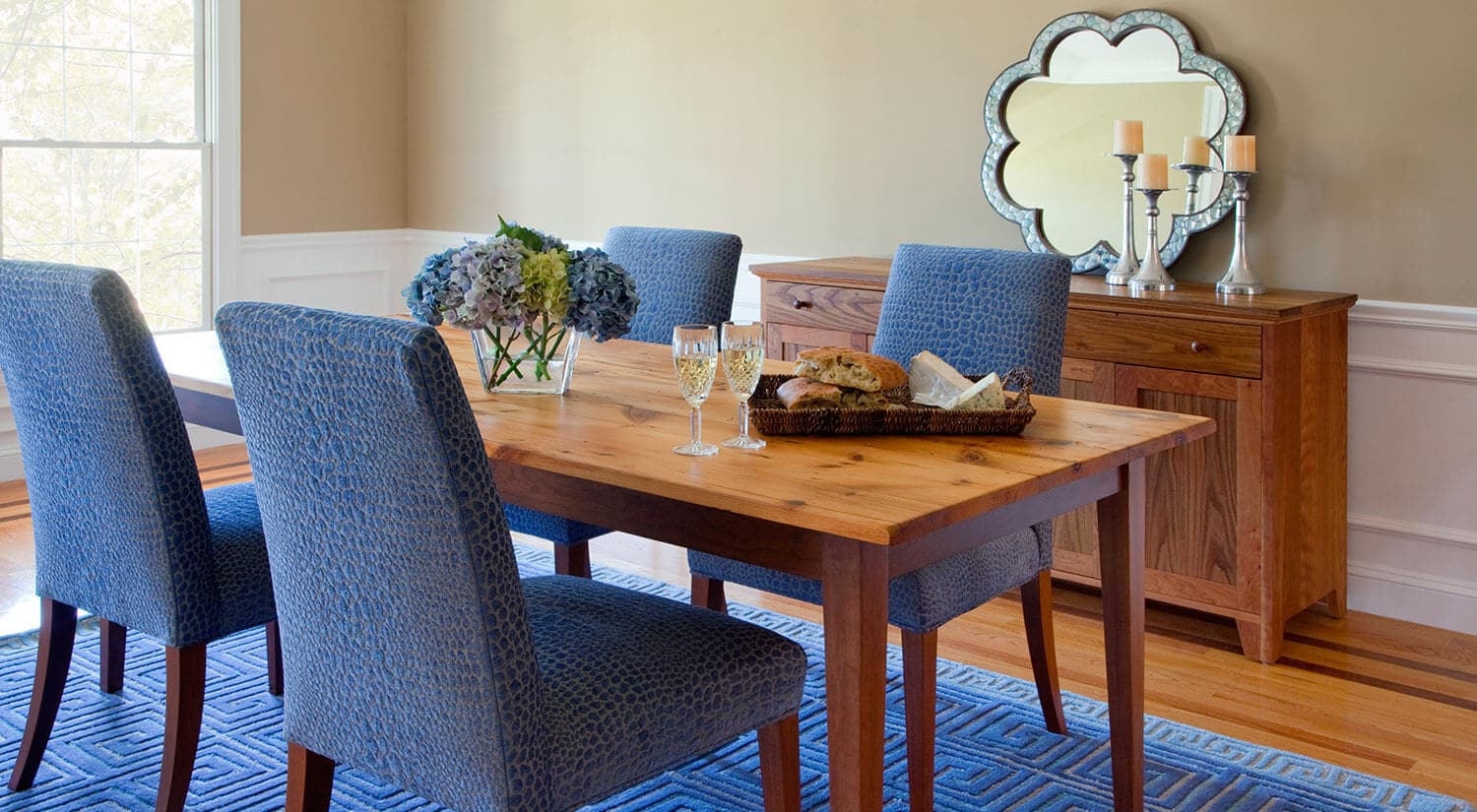
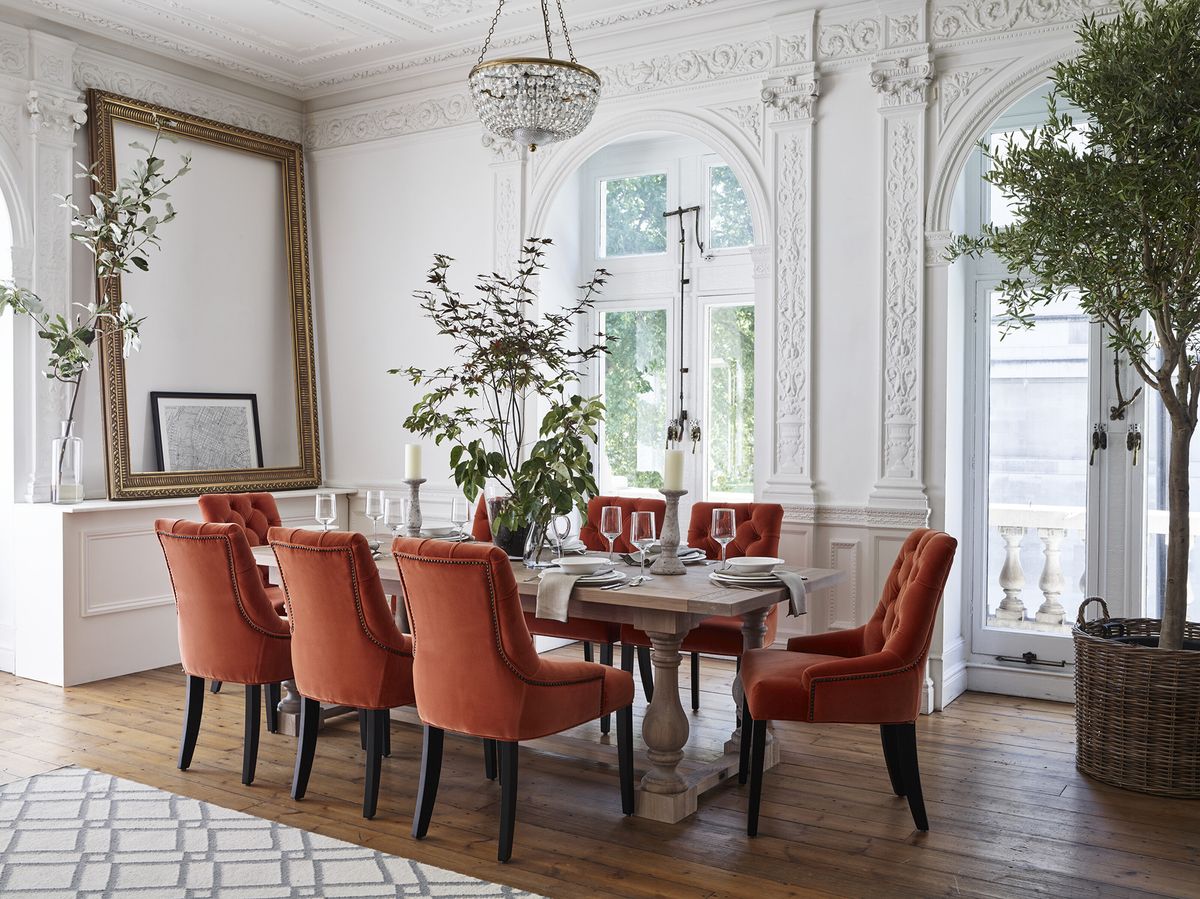
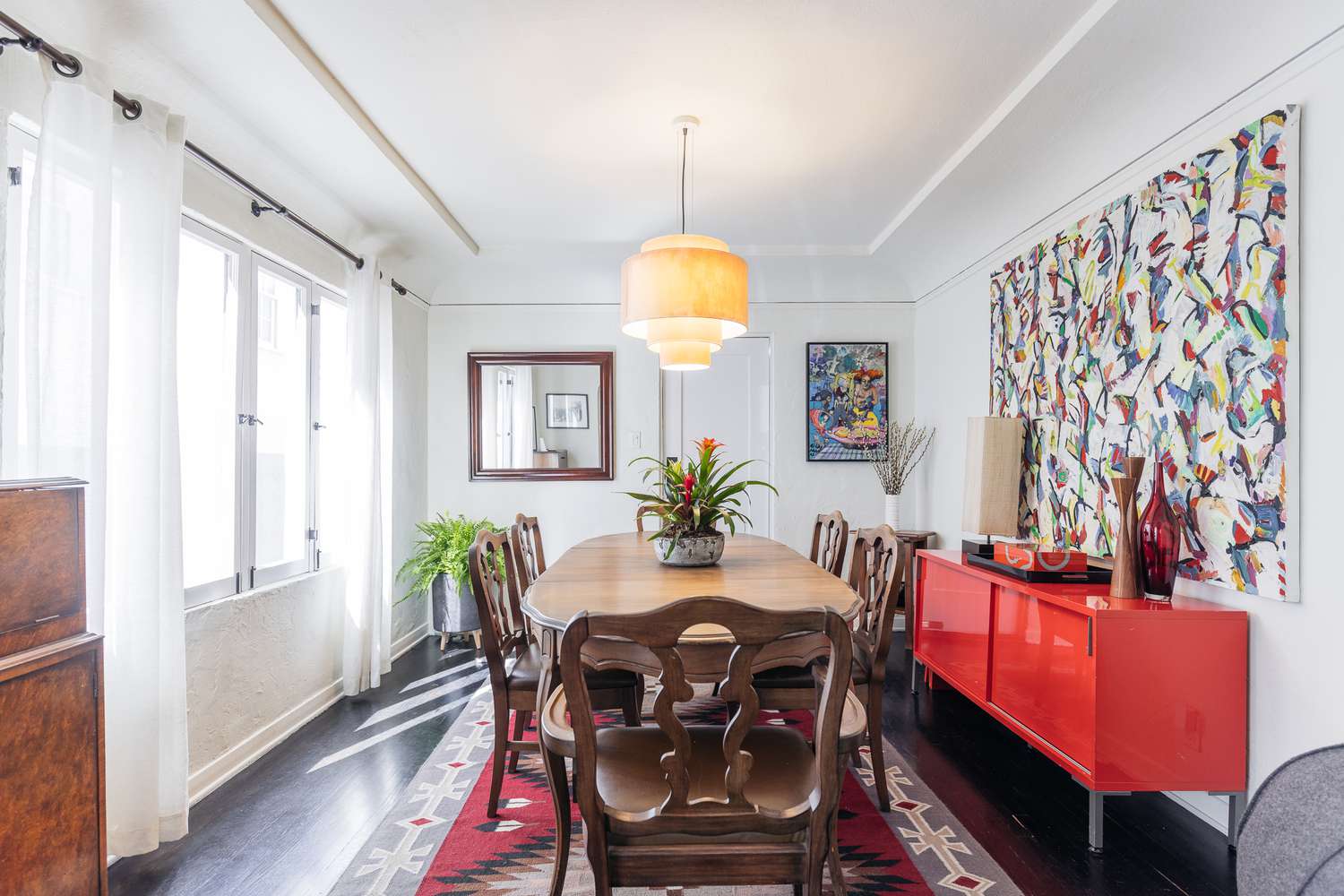
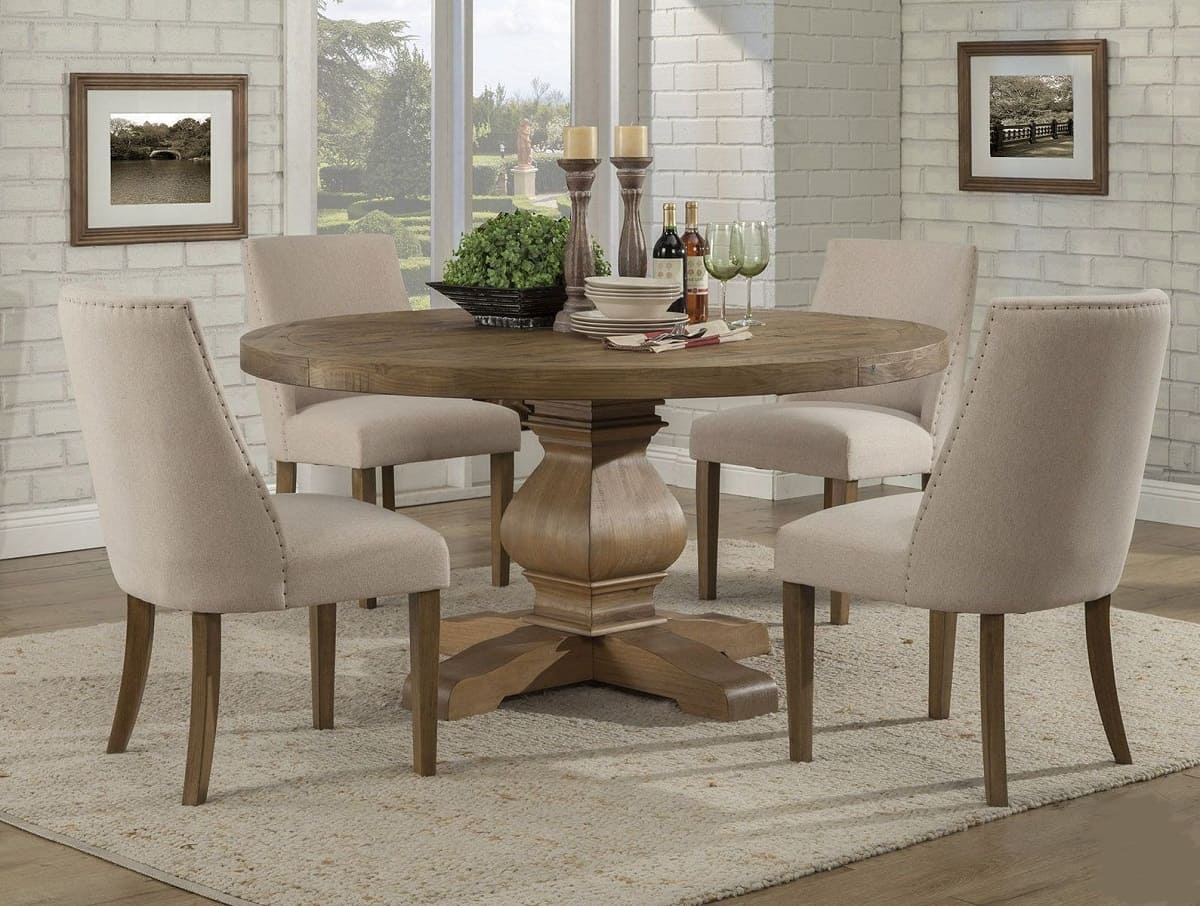
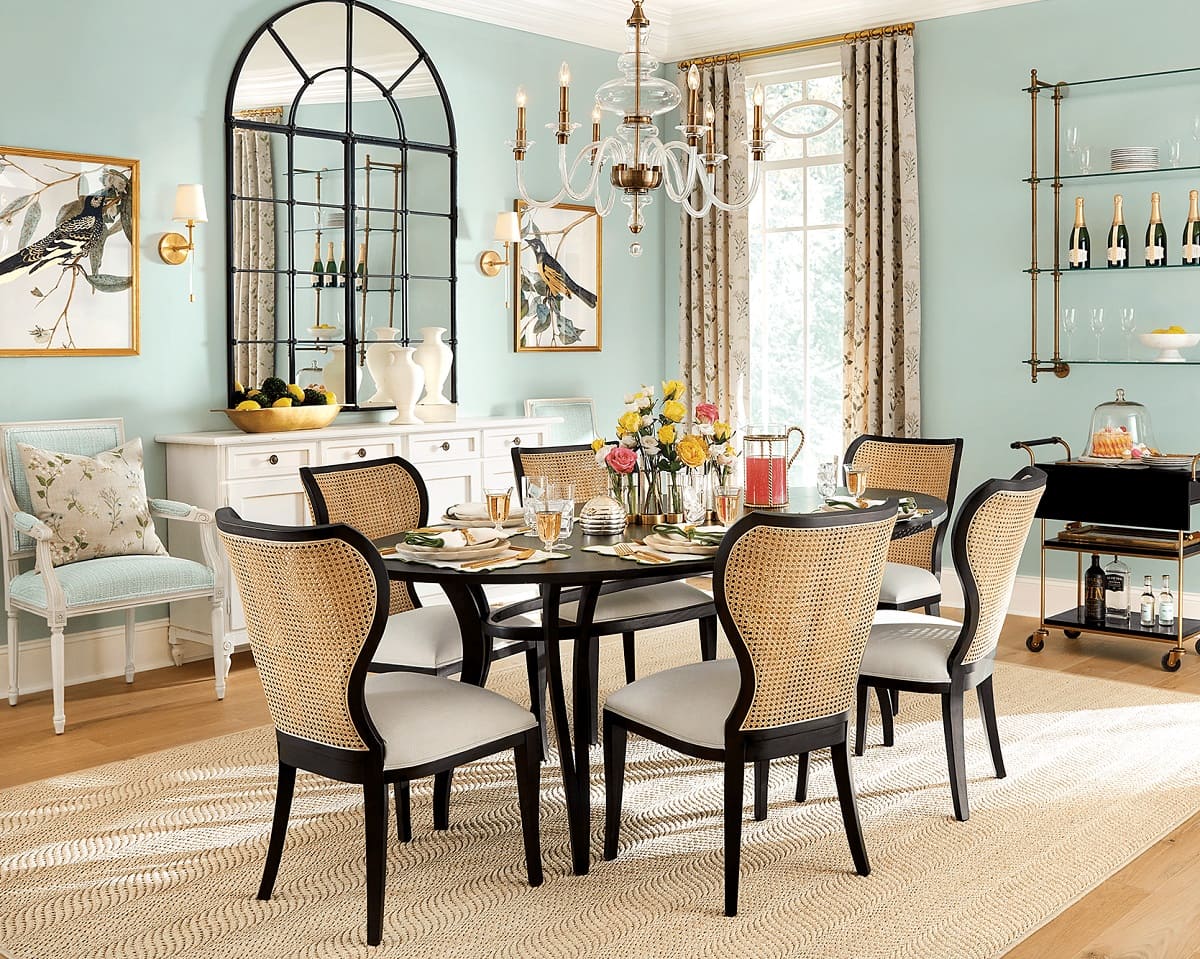
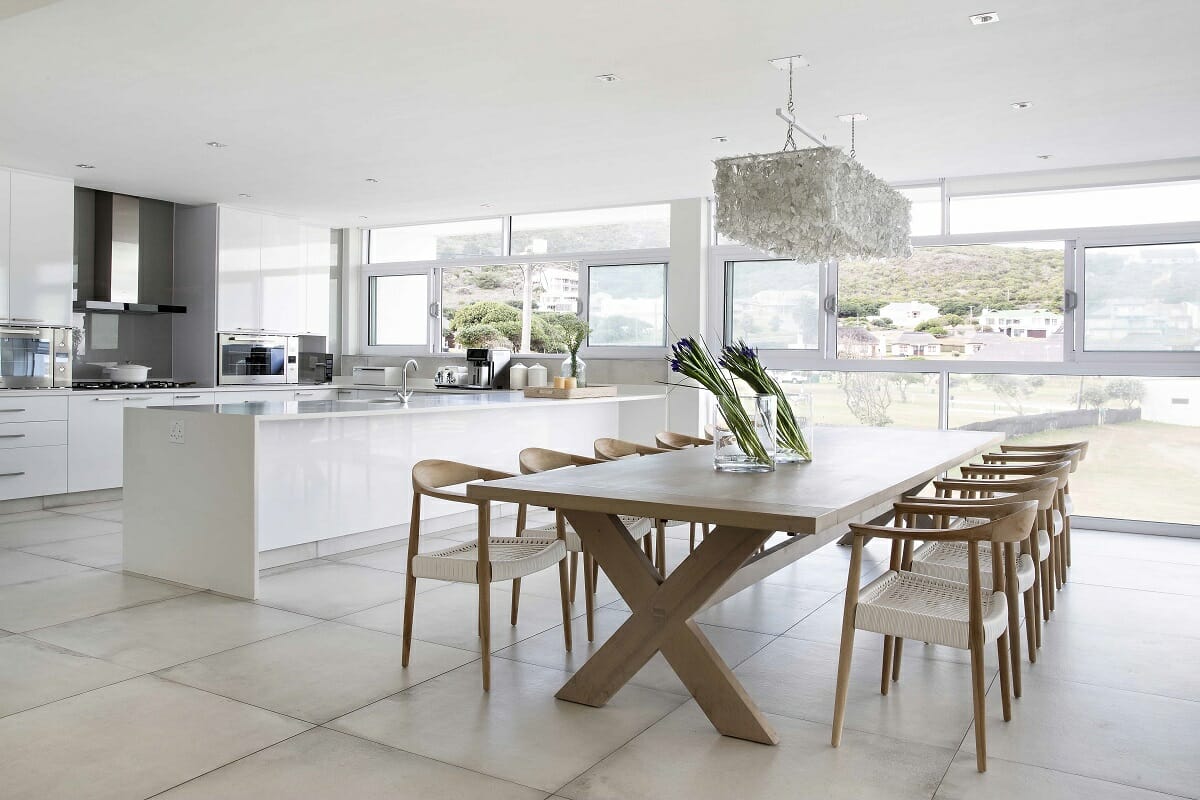
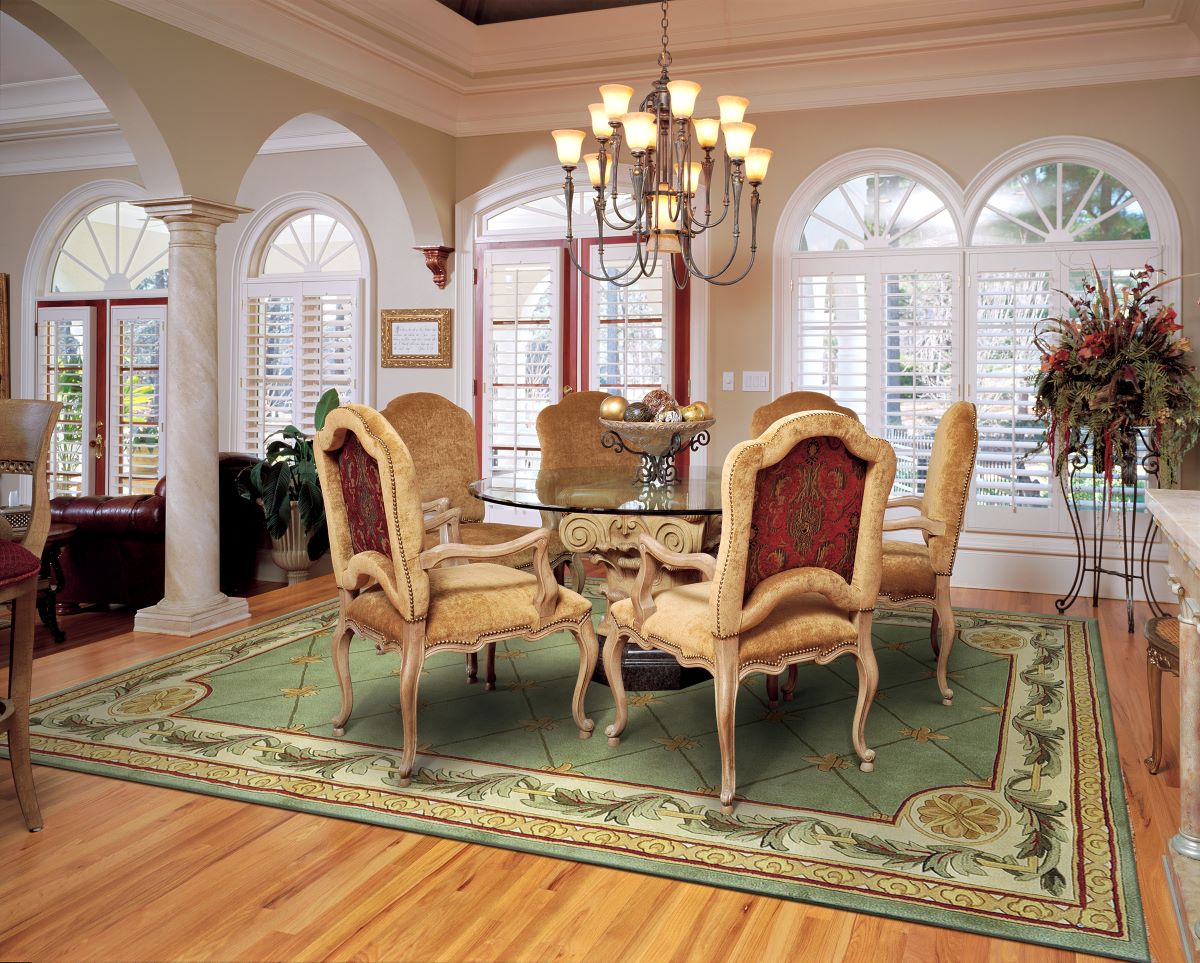
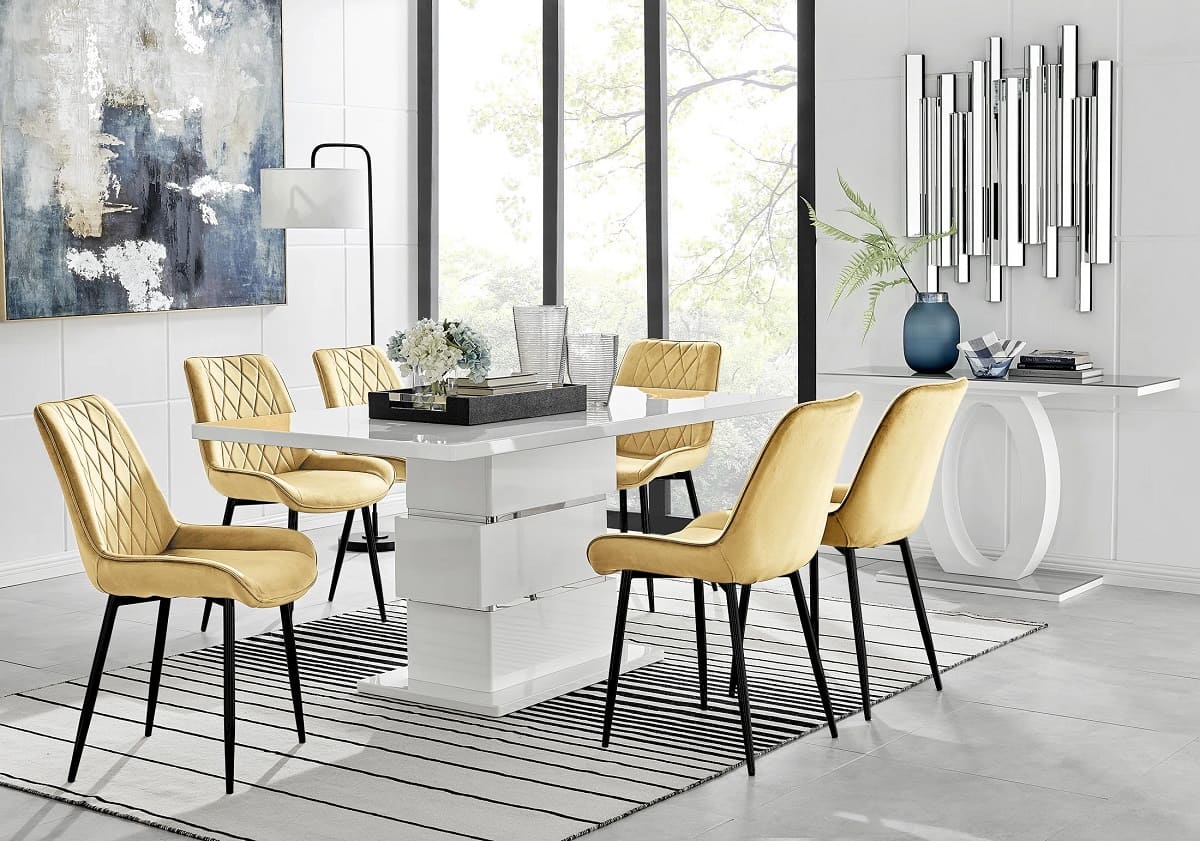

0 thoughts on “What Table Size Is Best For Dining Room”